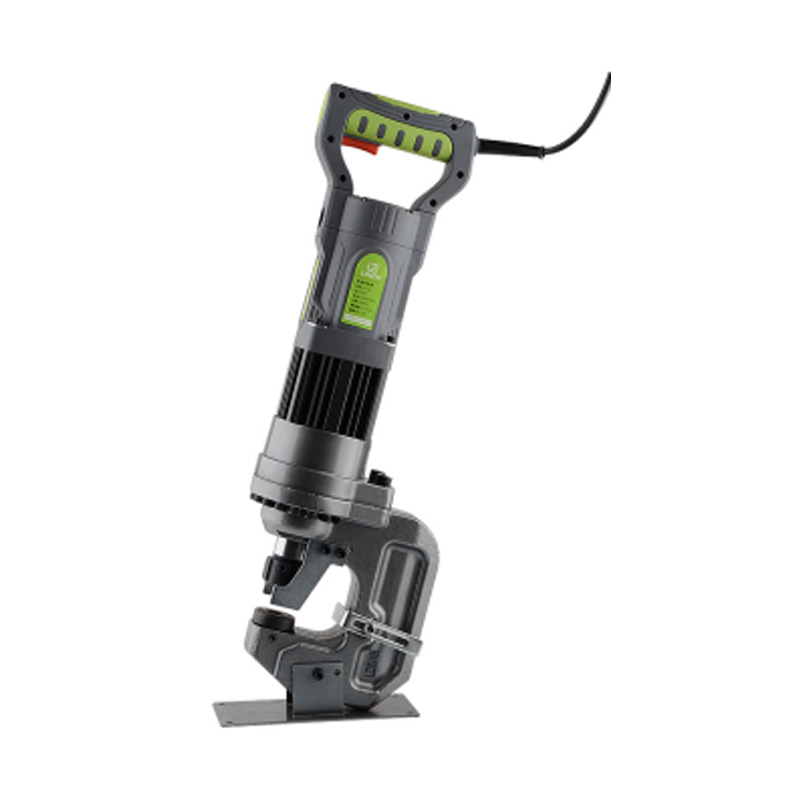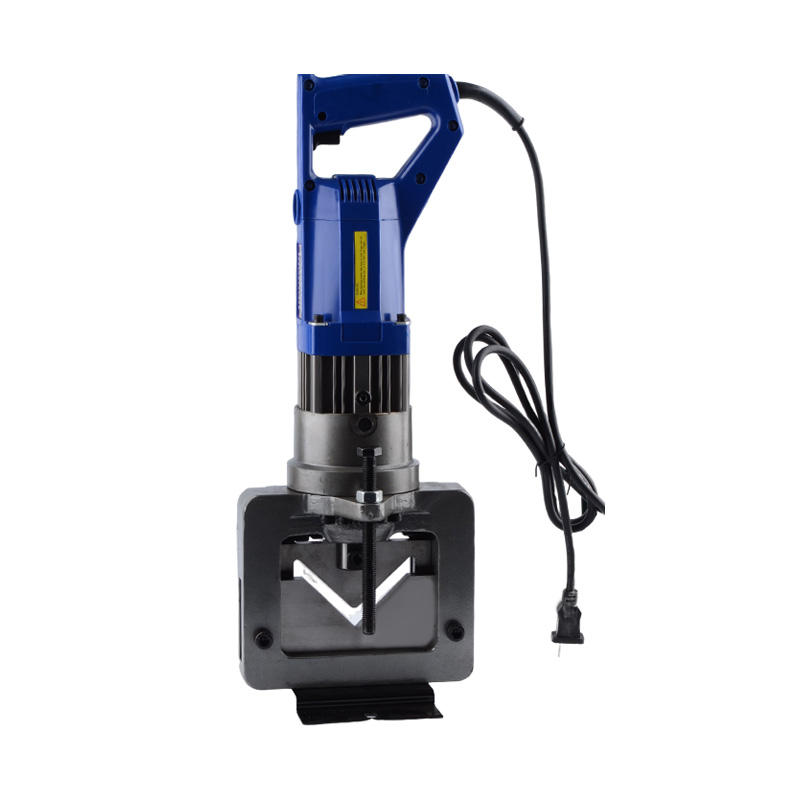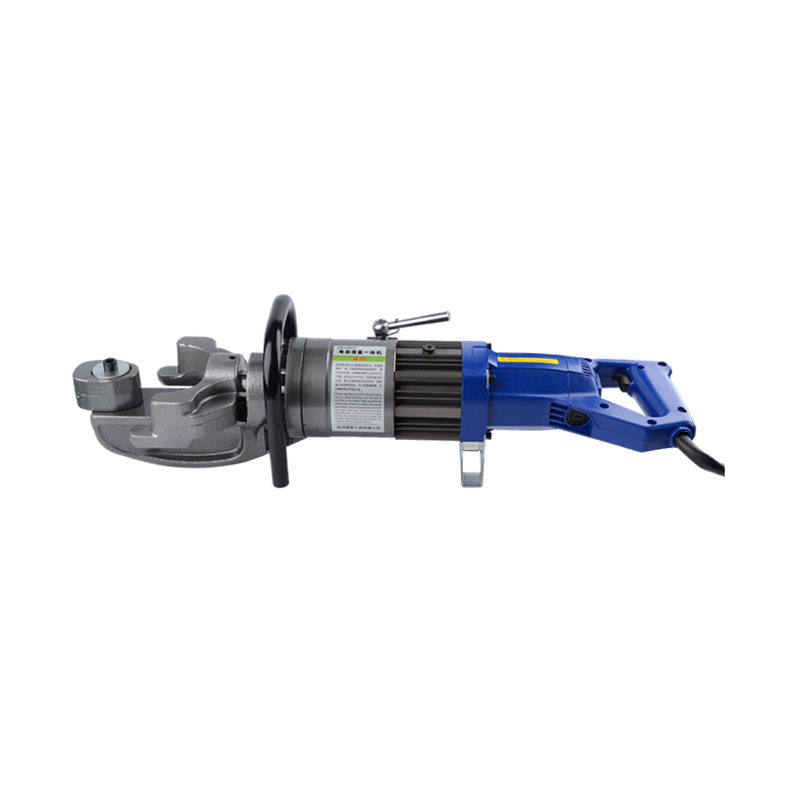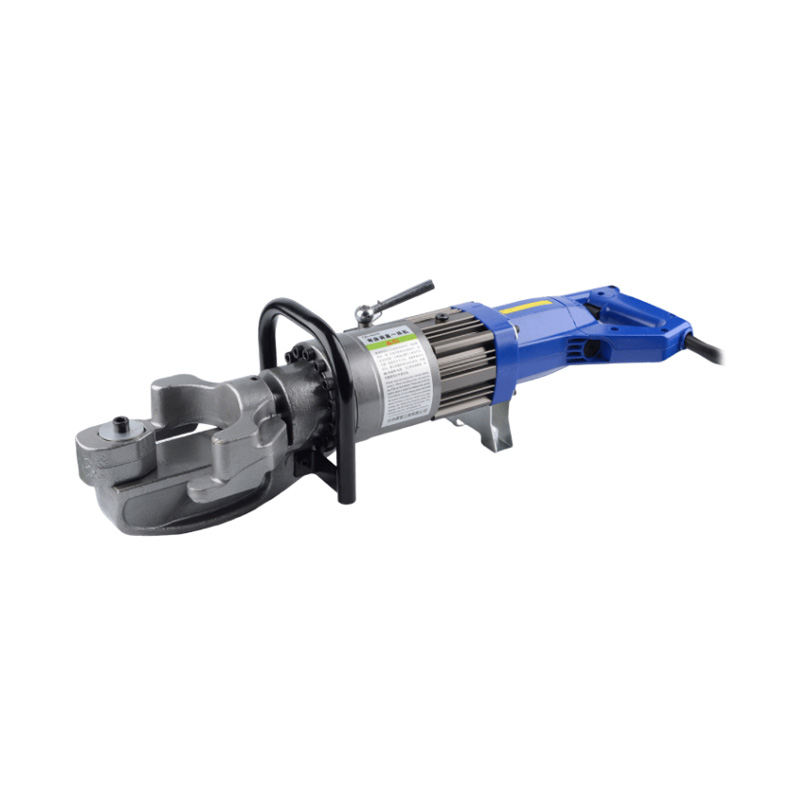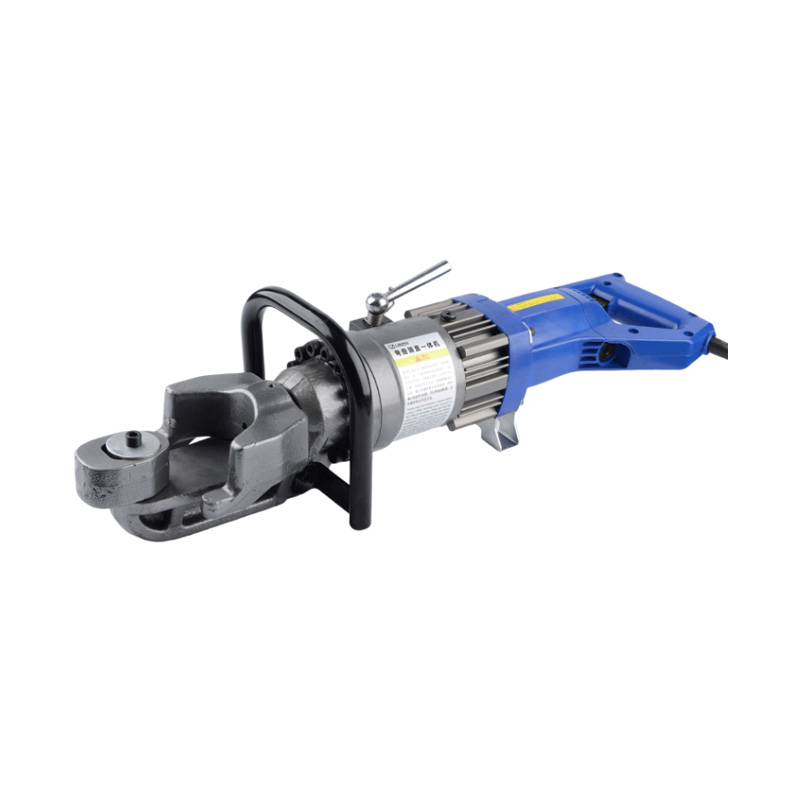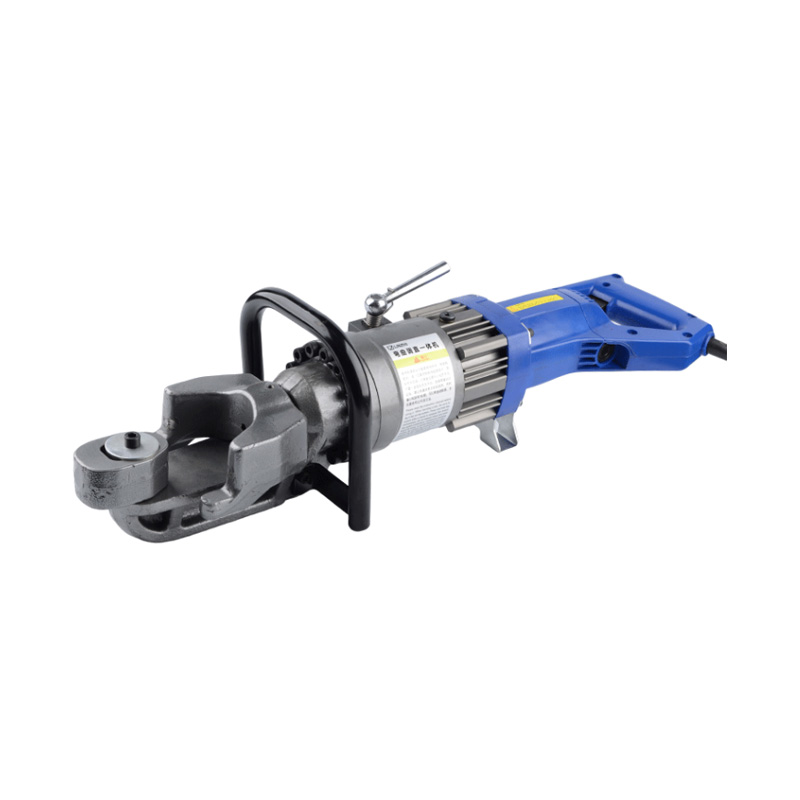In workshops and industrial facilities worldwide, hydraulic pullers have become indispensable tools for maintenance professionals tackling stubborn bearings, gears, and other tightly fitted components. These robust devices harness hydraulic power to deliver controlled, high-force extraction, making them significantly more effective than traditional mechanical pullers in many demanding applications. The growing adoption of hydraulic pullers reflects their ability to simplify complex disassembly tasks while reducing the risk of damage to expensive machinery components.
The fundamental advantage of hydraulic pullers lies in their ability to generate substantial pulling force with relatively little operator effort. Unlike manual pullers that rely on brute strength or impact tools that can cause collateral damage, hydraulic pullers apply gradual, measurable force through a precision hydraulic system. This controlled approach proves particularly valuable when working with precision components where even minor distortion could cause costly replacements. Many maintenance teams report that investing in quality hydraulic pullers has reduced their component damage rates during repair operations.
Modern hydraulic puller designs have evolved to address specific industrial challenges. Contemporary models often feature modular configurations that allow technicians to adapt the tool for different applications by changing arms, yokes, or pulling attachments. This versatility makes a single hydraulic puller suitable for everything from small electric motor bearings to large turbine components. The development of compact yet powerful hydraulic pullers has been particularly beneficial for field service technicians who need capable equipment that's still portable enough for job site mobility.
Safety considerations have driven several important innovations in hydraulic puller technology. Many current models incorporate pressure relief valves that prevent overloading and potential tool failure during operation. Some advanced hydraulic pullers now include digital pressure gauges that allow precise force monitoring, enabling technicians to apply exactly the required amount of extraction force. These safety features not only protect the equipment being serviced but also reduce risks to personnel working in close proximity to high-force operations.
The maintenance of heavy machinery represents one of the lots of common applications for hydraulic pullers. In industries such as mining, energy production, and marine transportation, massive bearings and couplings regularly require removal for servicing or replacement. In these environments, hydraulic pullers capable of generating hundreds of tons of pulling force have become essential maintenance tools. Their ability to remove components that have been in place for years—often under constant stress and vibration—has transformed what were once multiday struggles into manageable procedures.
The future of hydraulic puller technology appears focused on smarter, more connected systems. Some manufacturers are experimenting with hydraulic pullers that record force profiles during operations, creating digital records for maintenance documentation. As predictive maintenance becomes more prevalent in industry, hydraulic pullers may increasingly integrate with diagnostic systems to help determine when components actually need removal versus when they can remain in service.
From small repair shops to massive industrial complexes, hydraulic pullers have established themselves as vital tools in the maintenance professional's arsenal. Their ability to combine tremendous force with precise control addresses one of the lots of challenging aspects of mechanical repairs—the safe removal of tightly fitted components. As machinery continues to grow more complex and maintenance windows become tighter, the role of hydraulic pullers in keeping equipment operational will only become more important. These powerful tools have transformed what were once maintenance nightmares into routine procedures, saving time, reducing downtime, and protecting valuable equipment across countless industries.

 English
English 中文简体
中文简体 русский
русский GET A QUOTE
GET A QUOTE